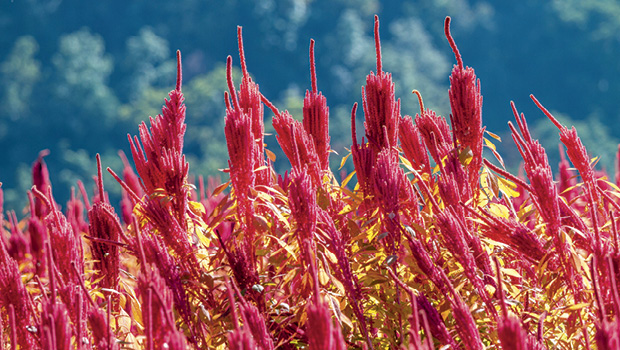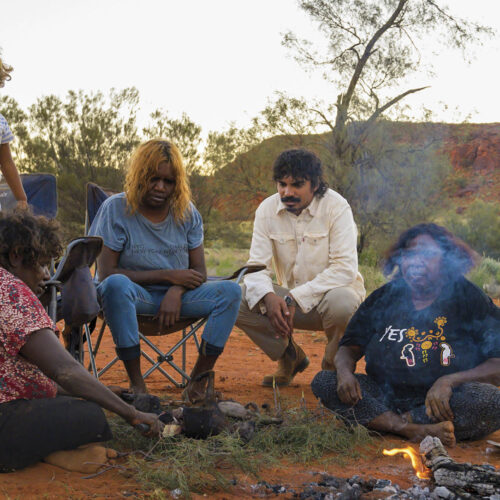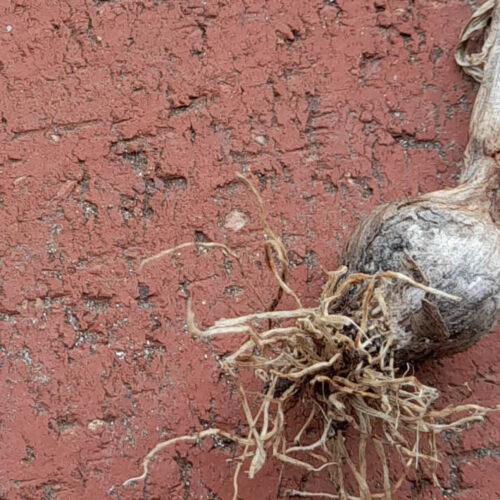If you could travel back in time to compare the flour section of a supermarket two decades ago to now, I reckon you’d be gobsmacked at the difference. Once, the only flours you could buy were plain, self-raising and a few special-purpose varieties such as corn or rice. Now, the range is huge, including a group of ‘rediscovered’ ancient grains that have no gluten and lots of nutritional goodies. Interestingly, many of these new grain products and flours have been made not from cereal plants such as wheat and barley, but broadleaf plants.
To help understand the difference, here’s a quick botany lesson. All flowering plants are classified as either dicotyledons (dicots) or monocotyledons (monocots), literally meaning two leaves and one leaf. The difference between the two is most readily seen when a seed germinates. Dicots have two seed leaves, monocots have just one. True cereals are grasses, and all grasses are monocots. Some common examples are wheat, barley and oats. Pseudo-cereals, on the other hand, are dicots. They are broadleaf plants.
From a culinary perspective, both cereals and pseudo- cereals are grains. Pseudo-cereals can be ground into flour like wheat, boiled like rice, made into porridge like oats. The only major difference is that all pseudo-cereals are gluten-free. I suggest, therefore, that we adopt the distinction created by US gardening writer Will Bonsall who refers to cereals as “grassy grains” and pseudo-cereals as “broadleaf grains”.
For home growers, broadleaf grains may actually be an easier proposition than many of the grassy varieties. The issue with grassy grains isn’t so much the growing but the processing. Try removing the hull from barley or spelt!
Broadleaf grains range from dead easy to mildly challenging to grow, but nearly all are simple to process. Amaranth, for example, just needs to be hung up to dry, then laid on a tarp and trodden on to release the seed from the dried plant. Once you have your grain, there are electric and hand mills available from health food stores and online that will grind grains to flour.
Four key plants – chia, quinoa, buckwheat and grain amaranth – all are suited to spring planting in temperate climates, and in autumn in frost-free subtropics and tropics.
Plants & their potential yields
Chia: about four plants per sq m
Quinoa: about six plants per sq m
yield up to 500g. Buckwheat: about 20 plants per sq m
Grain Amaranth: about four plants per sq m






